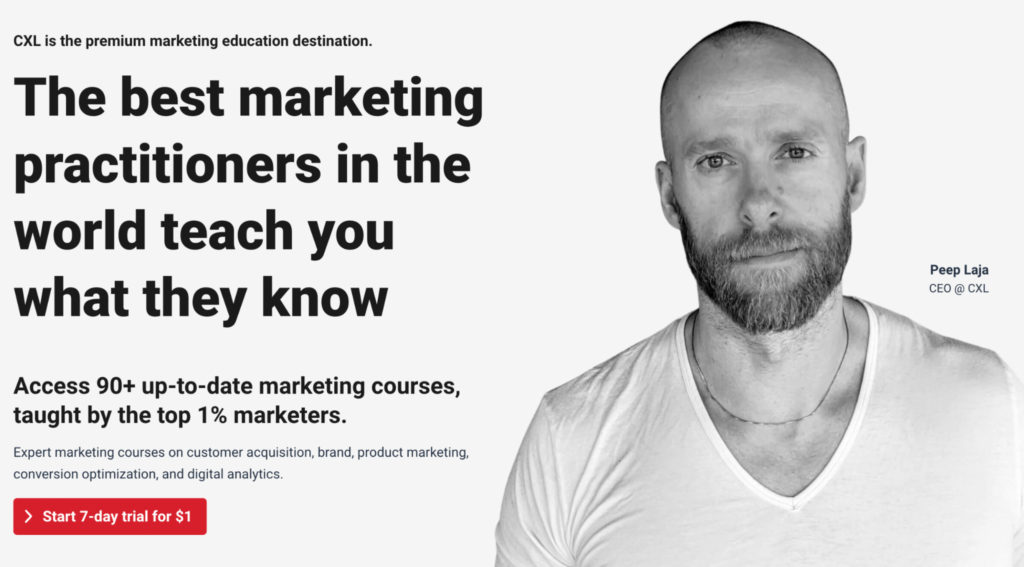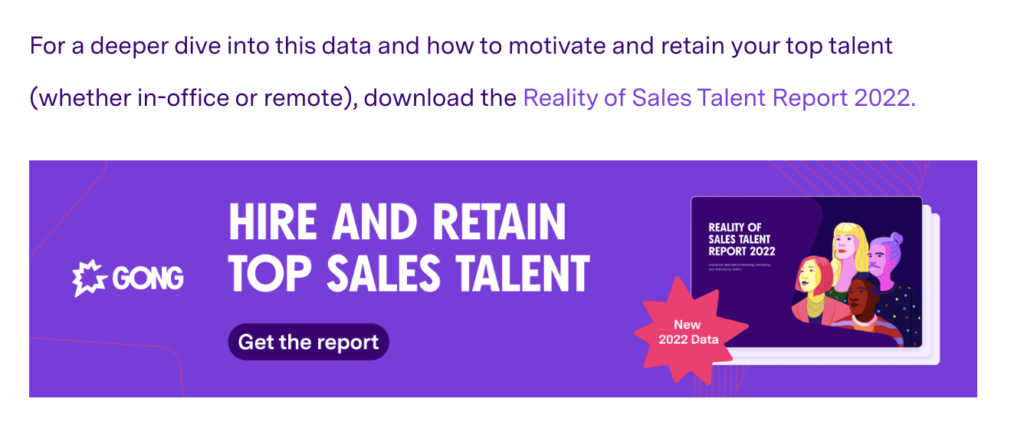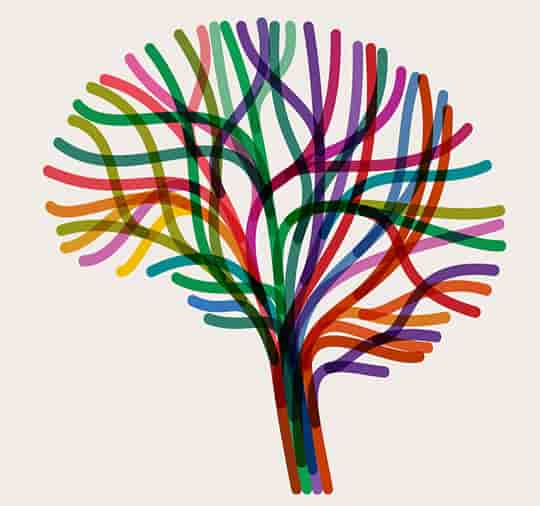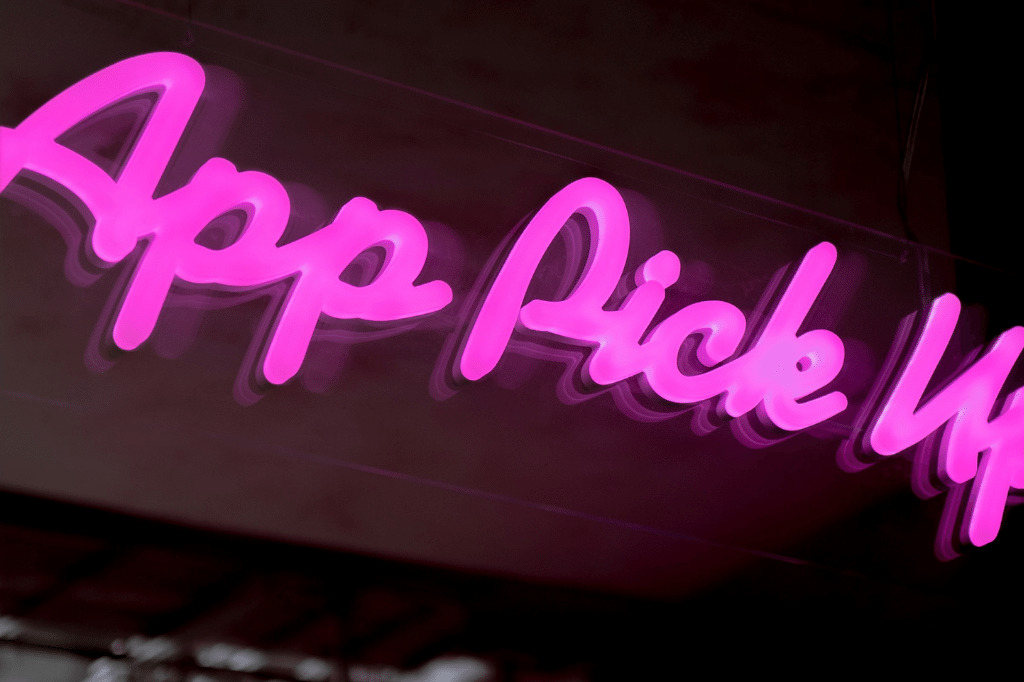Leaders are Cheerleaders
Success is about freedom to serve others.
Cheerleaders encourage people to succeed.
All of life’s great battles are within.
Among others, my battles include, selfishness, the need for the spotlight, and the need to control things. Put succinctly, I “prefer” that others don’t outshine me. When I lose those battles, I’m an insignificant leader with a title but little positive influence.
Resentment of other people’s success prevents leaders from becoming cheerleaders.
Cheerleaders smile when others succeed.
Leaders are cheerleaders
The stereotypical cheerleader is cute and dumb. (Cheerleaders, please forgive me!)
Influential leaders are smart cheerleaders. Better to stop making inane suggestions that slightly tweak another’s work, behavior, or words and start giving out atah boy’s, great job’s, and you are da bomb’s to others, especially those who outshine you.
Leader’s reach higher by helping others reach higher.
Be a cheerleader to 10 people today.
Shine the light on something you see in another that outshines what you see in you. Note: don’t mention yourself while doing it. For example, don’t say you are so much better at listening than I am. Do say, I really admire your ability to _______ (fill in the blank).
Here is a list of potential candidates: spouse, son or daughter, boss, co-worker, a service provider, client, parent, employee, public servant, checkout clerk, or …
This is the first post I ever posted on Leadership Freak, with a few modifications.
How do you lift others?
Is there a danger of too much cheer leading?
Like this:
Like Loading…



















 ‘ + data.settings.title + ” : ” }}} ]]>
‘ + data.settings.title + ” : ” }}} ]]>